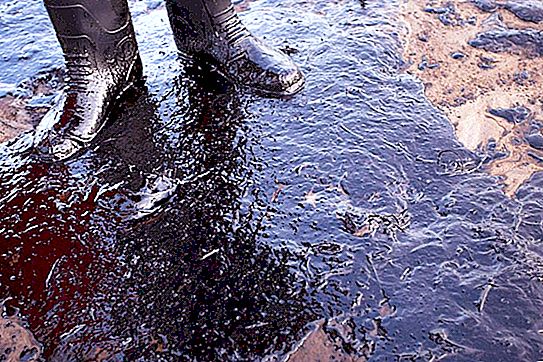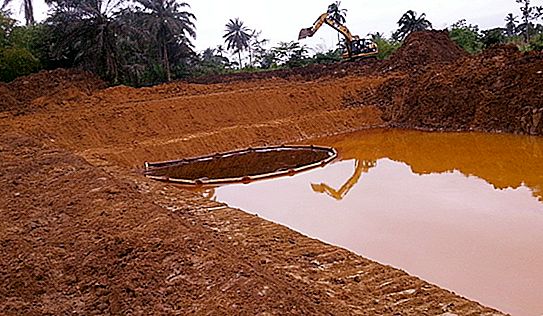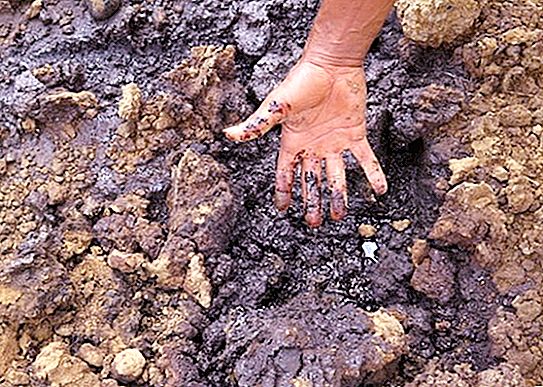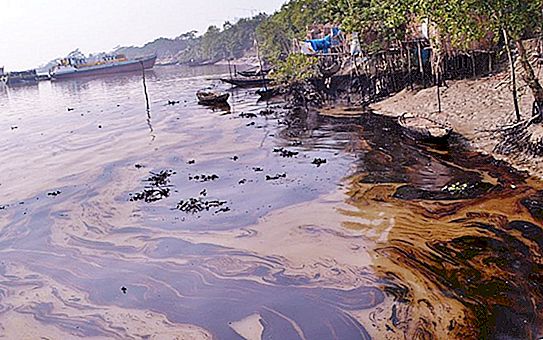Currently, the industrial safety rules of hazardous production facilities are of particular importance. The environmental problem has not only natural science, but also social significance. Let us analyze in more detail the MPC of oil products in the soil. Find out the main sources of pollution.
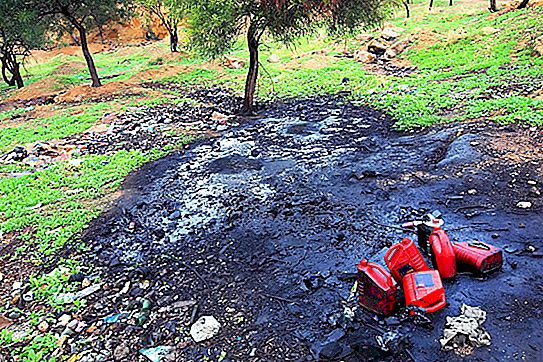
Soil value
To begin with, it is precisely the soils that absorb chemical and biological pollutants and perform the function of a natural adsorbent. The spill of oil and oil products leads to the fact that toxic organic compounds enter the soil. This causes serious violations of the mechanisms of functioning of the biosphere and ecosystems, negatively affects the health of the population.
Disturbing trends
At present, in many regions of our country, the levels of soil pollution with oil products significantly exceed the permitted values. As a result, metabolic processes in living organisms are disrupted, a serious threat to the life of the population appears.
Sources of pollution
Currently, there are three classes of substances that are soil pollutants:
- biological;
- chemical;
- radioactive.
MPC of oil products in the soil are regulated by hygiene requirements. In particular, the content of chemicals is determined by GN 2.1.7.2511-09. The principle by which the content of chemical compounds in the soil is determined is based on the fact that only in exceptional situations do harmful substances come from the soil directly into the human body.
For the most part, this occurs through contact with the soil of water, air, and also through food chains.
MPC of petroleum products in the soil is determined taking into account persistence, background concentration, toxicity. Standards are created for those substances that can move into groundwater or atmospheric air, reducing the quality of agricultural products, lowering productivity. MPC of oil products in the soil are specified in GOST 17.4.1.02-83 "Soils".
Soil contaminated with hydrocarbons is not suitable for planting various crops.
Emergency situations
The Department of Ecology monitors the activities of large industrial enterprises, which are the main sources of oil residue in the soil and wastewater. Soil that contains a surface oil film (no more than 5 mm) must be treated with a sorbent to neutralize organic hydrocarbons that have carcinogenic properties.
If the industrial safety rules of hazardous production facilities are violated, this will cause serious tragedy.
To eliminate the consequences, a sorbent is used, which consists of a mixture of lignin and bird droppings. As composting, which lasts 10-15 days, the soil environment becomes neutral (about 6.9).
In the process of composting, microbiological activity increases, the number of compost substance in the sorbent increases.
The phenol content is reduced several times. Oil that has got into the soil is absorbed into the sorbent, decomposes in about 1.5-2.5 months.
After composting lignin and litter, a substrate is formed, which is enriched with organic and mineral compounds.
To accelerate the process of destruction of oil and oil products, a variety of microbiological preparations are used. After the addition of microorganisms capable of decomposing oil into this mixture, the sorbent decomposes the oil. Note that 1 gram of such a sorbent is able to absorb five times the amount of oil from the soil, the effect lasts for two months.
Such a technique allows us to solve the problem of eliminating oil and oil products from the soil, and helps to return the contaminated territories to agricultural land.
The second option for soil cleaning
Purification of soil contaminated with oil in the engineering, hydrolysis, pulp and paper industry, involves the use of hydrolysis lignin. A mixture of lignin and activated carbon enters the contaminated area.
First, the mixture enters the sedimentation tanks of the first stage, then suspended solids are released, at the third stage, the biological cleaning of the soil is carried out. The sedimentation tanks of the second stage are necessary for the allocation of activated sludge, as well as for sorption post-treatment of the soil. The technological scheme of this method of purification assumes the presence of primary settling tanks, two-stage biological treatment, adsorption purification on lignin. The choice of lignin significantly simplifies biological treatment, accelerates the removal of oil products from soils.
The Department of Ecology is concerned about the condition of soils near refineries.

